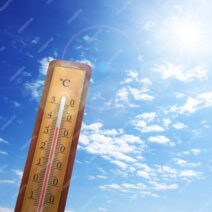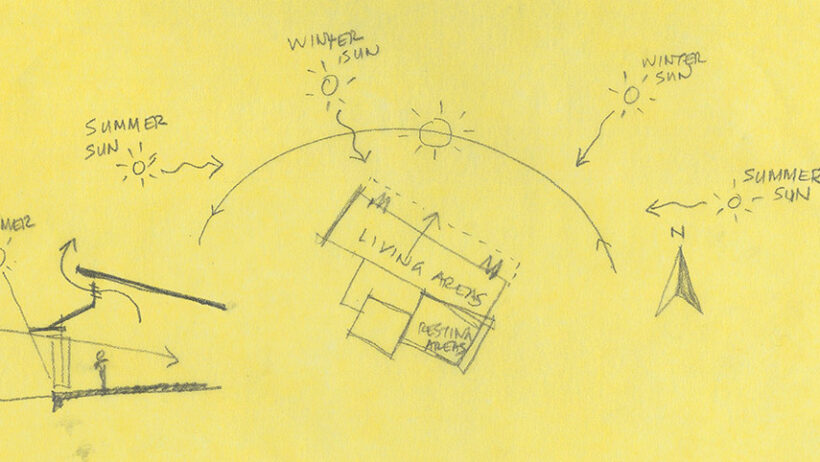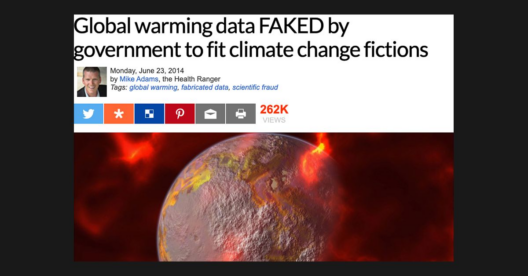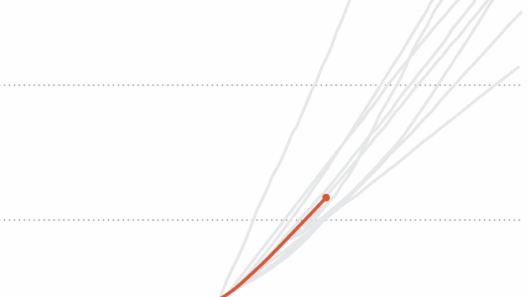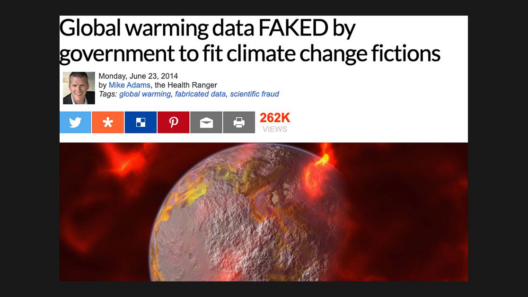The phenomenon known as the Urban Heat Island (UHI) effect is a significant concern for environmental experts and urban planners alike. It refers to the temperature disparity between urban areas and their rural counterparts, primarily due to human activities and alterations in land cover. As cities expand and populations increase, understanding whether UHI exacerbates global warming is crucial for devising effective strategies for climate resilience.
To comprehend the relationship between UHI and global warming, it is essential to first delineate the factors contributing to the UHI effect. Urban environments typically feature vast expanses of concrete, asphalt, and other impermeable surfaces which absorb and retain heat. Additionally, human activities such as transportation, industrial processes, and energy consumption generate substantial heat that further elevates urban temperatures.
Urban areas can be significantly warmer than surrounding rural zones, sometimes by as much as several degrees. This increased warmth is not merely inconvenient; it poses serious health risks, aggravates air pollution, and increases energy consumption for cooling purposes. Thus, the UHI effect has notable implications for greenhouse gas emissions and climate change implications.
One clear impact of UHI is its potential to exacerbate energy demand in cities. Higher temperatures lead to increased use of air conditioning systems, particularly during summer months. This rise in electricity consumption not only strains local energy grids but may necessitate the burning of fossil fuels, which contributes to additional carbon dioxide emissions. Consequently, hotter urban centers may lead to a vicious cycle: rising temperatures necessitate increased energy use, resulting in enhanced greenhouse gas emissions that further contribute to global warming.
Moreover, urban heat islands gravely affect human health. Heat-related illnesses and mortality rates soar during extreme weather events, as vulnerable populations, including the elderly and those with pre-existing health conditions, are disproportionately affected. The repercussions of this health crisis strain public health systems, compounding the challenges cities face amid climate change.
In addition, the UHI effect can influence local microclimates, altering precipitation patterns and contributing to extreme weather events. Urban centers may create their own localized weather phenomena, often leading to increased rainfall and flooding in some areas while inducing prolonged dry spells in others. These changes can destabilize regional ecosystems, leading to declines in biodiversity and disrupting natural resource availability.
Conversely, it is important to recognize that all urban areas do not experience UHI effects uniformly. Geographic location, climate zones, and urban design play pivotal roles in determining the severity of UHI in a specific city. For instance, cities located in arid conditions may experience more pronounced UHI effects compared to those in temperate regions. Consequently, comprehensive understanding of local climate dynamics is crucial for effective mitigation strategies.
Several strategies have been proposed to mitigate the UHI effect and its contributions to global warming. One of the most effective approaches involves increasing urban greenery. Trees, parks, and green roofs provide shade and facilitate the process of evapotranspiration, which cools surrounding air while enhancing air quality. Implementing comprehensive urban green space strategies fosters sustainable cities and empowers communities to combat climate challenges effectively.
Additionally, reflective or “cool” roofs and pavements can help mitigate heat absorption in cities. By utilizing materials that reflect rather than absorb sunlight, urban planners can significantly reduce ambient temperatures. This simple yet effective solution can also contribute to decreasing energy use for cooling, thereby minimizing additional greenhouse emissions.
Public transportation and walkable city designs can also contribute to reducing heat emissions and improving air quality. Emphasizing non-motorized transportation modes can reduce vehicle use, subsequently decreasing urban heat generated from traffic and lowering greenhouse gas emissions. Incorporating efficient public transit systems promotes lower energy consumption and lessens the UHI effect.
The role of policy frameworks cannot be underestimated in the context of UHI. Policymakers must prioritize climate resilience by integrating heat mitigation strategies into urban planning. This involves the collaboration between various stakeholders, including local governments, community organizations, and urban developers, to implement climate-responsive designs that address specific local conditions.
The intersection of UHI and global warming presents a complex and multifaceted challenge. Moreover, as cities continue to expand, addressing the UHI effect becomes increasingly crucial in mitigating climate change impacts. Urban planners, environmental activists, and concerned citizens are urged to collaborate and cultivate solutions that not only improve urban life but also contribute to the global fight against climate change.
In conclusion, the Urban Heat Island effect undoubtedly worsens global warming in cities. Its contributions to increased energy consumption, exacerbated health risks, and altered microclimates specifically underscore the necessity for integrated urban strategies that combat this phenomenon. By employing innovative designs, fostering urban greenery, and encouraging sustainable urban transport, cities can reverse the trend of escalating temperatures and contribute to a cooler, more sustainable planet. The challenge remains daunting, yet the imperative for action has never been greater.
